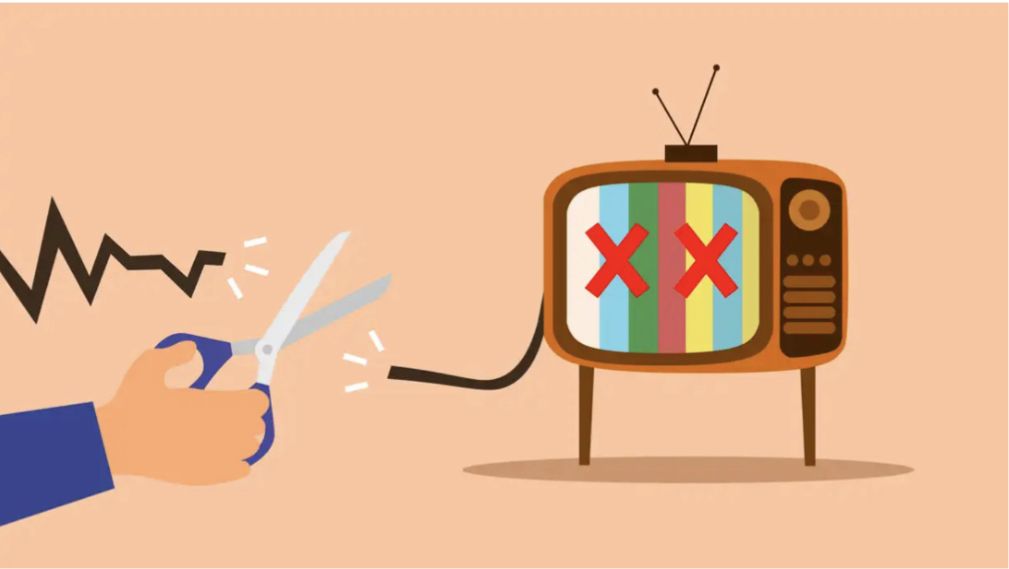By Sunkanmi Adewunmi
Television was once the default place to watch culture happen — premieres, reality hits, live sports, and nightly talk shows. Today that center is fracturing. Legacy brands are pruning channels and shows; viewers are fleeing bundled cable for on-demand apps and social-video platforms; and markets are shifting fast toward mobile-first streaming.
Old giants are scaling back
In 2025 major linear-TV brands made headlines for cutting iconic services. Paramount/MTV announced the shutdown of several long-running music channels as the company refocused away from linear music broadcasting. Meanwhile, NBCUniversal’s celebrity-newscast E! News was canceled and the E! brand is being repositioned for digital, a clear signal that some traditional formats are better suited to online distribution now.
Those moves aren’t just brand housekeeping — they’re symptom and signal. Networks are trimming loss-making linear inventory while reallocating budgets to streaming, IP-driven content, and digital-first talent. That reshapes how audiences discover and consume culture.
The hard numbers: cord-cutting isn’t slowing
Pay-TV subscriber counts are dropping year after year in mature markets as households “cut the cord.” Recent industry tracking shows continued quarterly declines in cable subscribers and rising preference for streaming subscriptions and mobile viewing. Price sensitivity, on-demand convenience, and social-video discovery are the main drivers.
Advertisers are noticing too: the ad-friendly 18–49 demo is increasingly fragmented across apps, short-form platforms and streaming services, making traditional TV harder to defend. The economics that once justified linear channels are changing fast.

Why social platforms are winning attention (and ad dollars)
Two trends explain social/video platforms’ acceleration:
- Discovery + shareability. TikTok, YouTube Shorts, Instagram Reels and similar formats create viral pathways that linear TV can’t replicate. A single clip can reach millions and keep driving traffic for months.
- Creator economy & direct monetization. Creators build direct audiences and revenue streams (brand deals, tips, subscriptions) without network gatekeepers. Platforms monetize attention at scale and serve advertisers with richer targeting than linear spots.
That combination makes social platforms more attractive for both younger viewers and brands chasing performance metrics and immediate engagement.
What this means for Nigerian broadcasters & creators
- Shift to digital distribution: TV stations must treat linear channels as one of many distribution points. Repurposing clips, creating web-native series, and building direct-to-audience channels (YouTube, IG/TikTok) are essential.
- Monetize discovery: Short-form vertical clips and highlight reels drive discovery; embed clear conversion paths (subscribe, stream, follow) so viral attention turns into revenue.
- Partner with telcos and local platforms: Affordable telco bundles and partnerships with regional streamers or mobile wallets lower barriers for viewers.
- Invest in local IP: Original Nigerian programming is the competitive advantage. Local shows and formats can be licensed regionally and globally.
TV isn’t “dead” but its role is evolving. For Nigeria the story is less about collapse and more about transformation: linear broadcasting remains useful for live events and legacy audiences, but growth, attention, and monetization are increasingly happening on mobile and social platforms. Networks that adapt — treating TV as part of an omnichannel funnel and investing in local digital-first content — will be the ones that survive and thrive in the next era.








